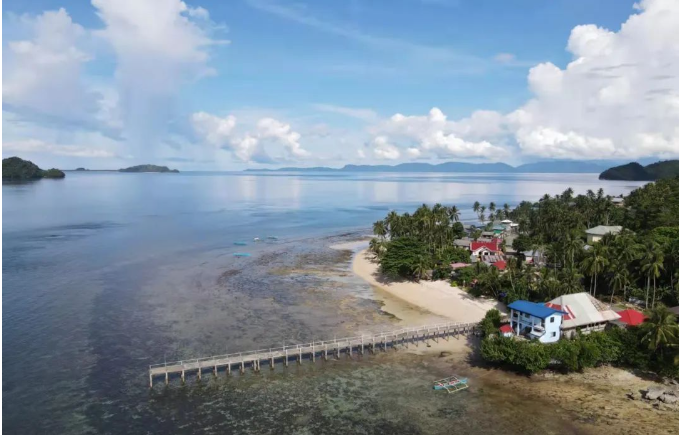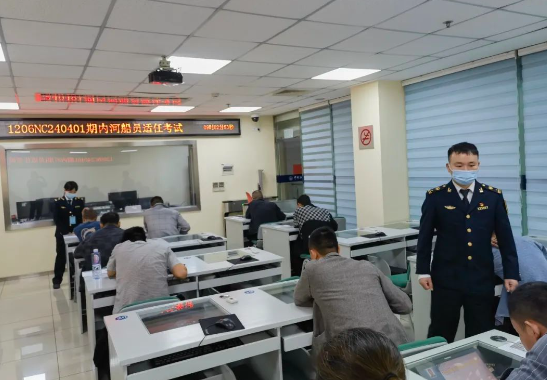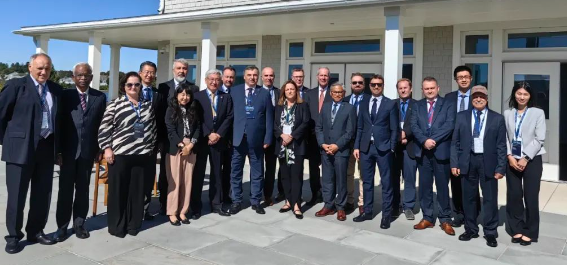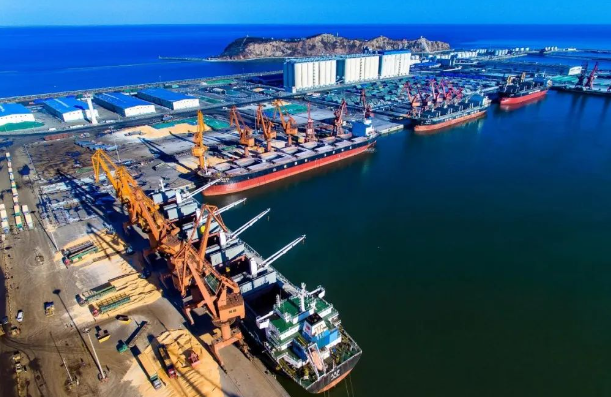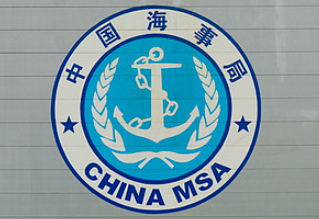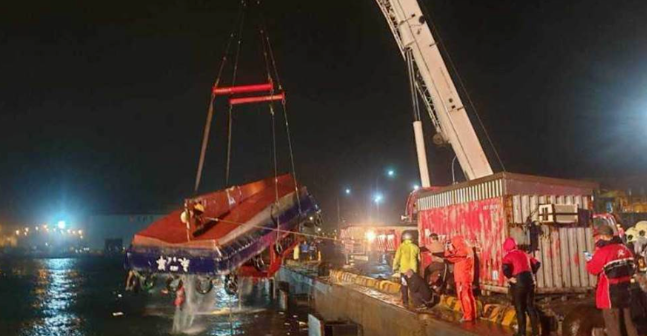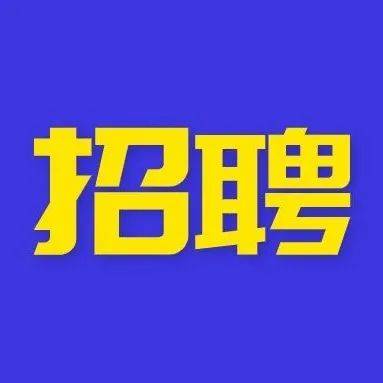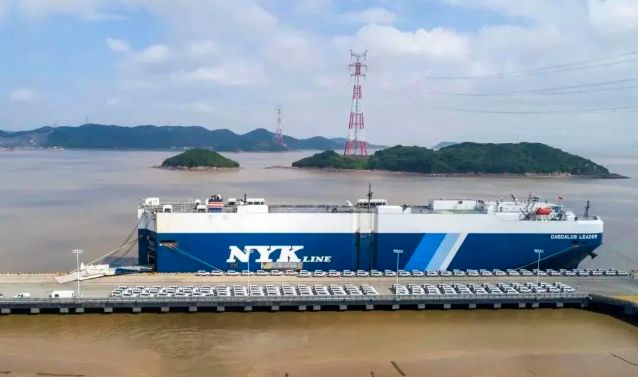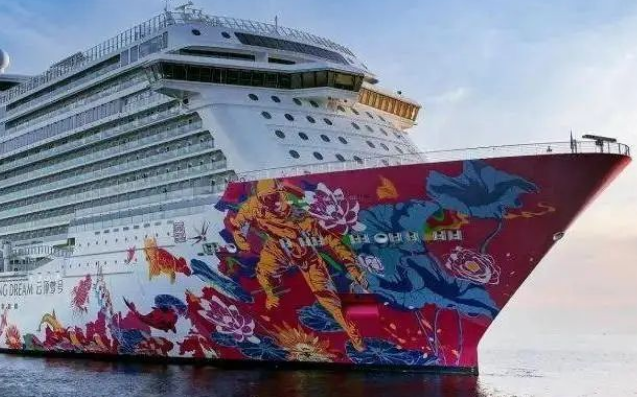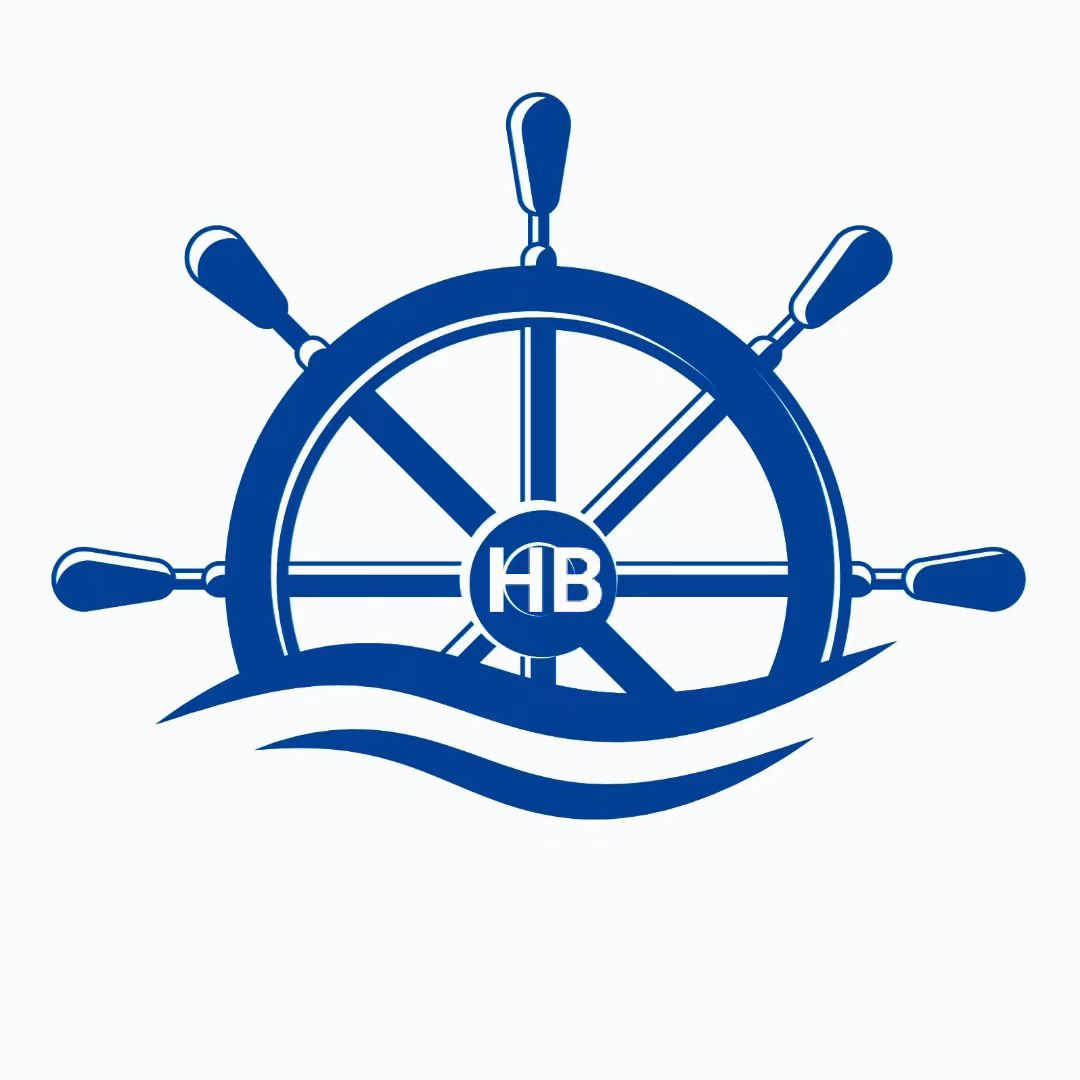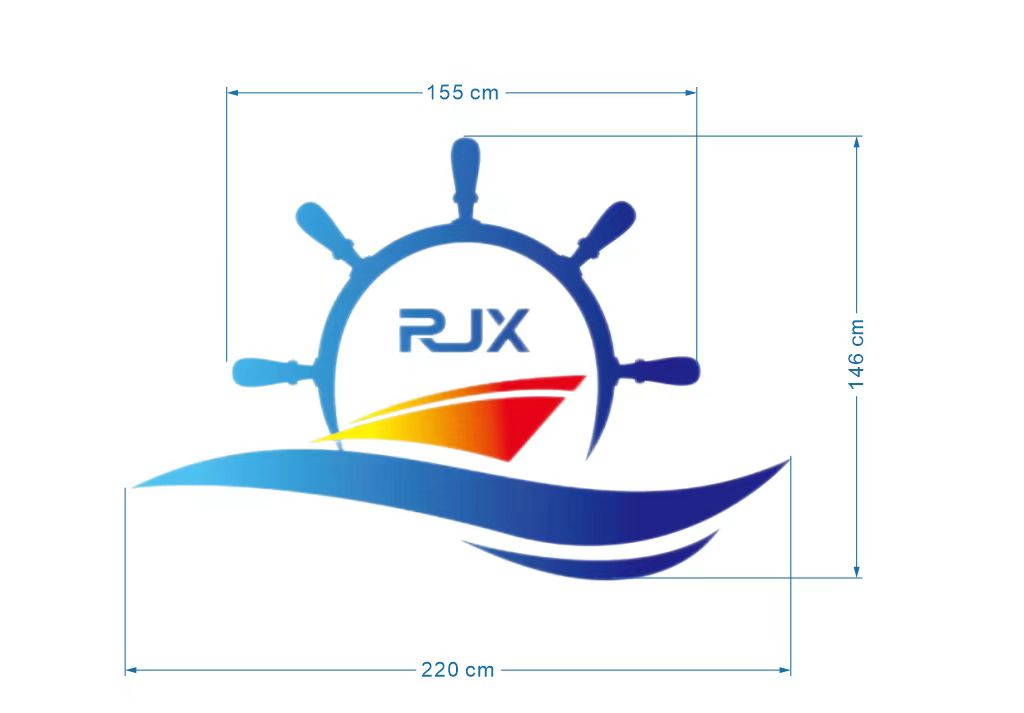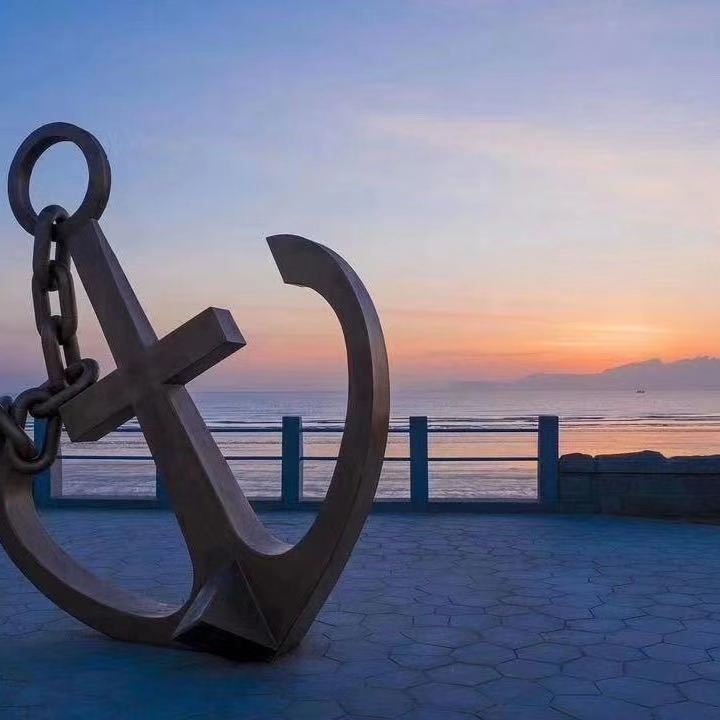轮机长英语面试题(一)
1. Can you tell something about your last ship? What types (brands) of main engine have you ever experienced? 答:My last ship (type of engine, horse power, trading area, GRT/DWT, etc.) I have experience with several different types of main engines, such as Sulzer, B&W, MAN, PC etc. 2. What abilities should a Chief Engineer possess?答: First, I think it is very important for a Chief Engineer to be skillful and proficient at work. Second, he should maintain good management in the engine department. Third, he should be able to try to motivate every person under his management by assigning jobs fairly among them. Fourth, he needs to be good in English and language communication. Last, it is very important for a Chief Engineer to maintain good relationship with the Master, the technical superintendent and other personnel from company, First Engineer and the Chief Officer. Above all, he should listen to orders from the Master in most cases.3. What were the consumption rates of cylinder lube oil and fuel oil in your previous ship? 答:For your reference: for a 10000HP main engine, the consumption rate of fuel oil could be roughly 20~25 tons per day, cylinder oil about 280~310 liters per day (depending on the engine type). The duty engineer should check to see if the consumption is normal. The Second Engineer usually is responsible for checking the fuel oil and recording the figures in the Engine Log Book. Lube oil should be checked on every duty watch. The Chief Engineer is responsible for application of the supplies of lube oil and fuel oil. 4. Can you please describe in detail the bunkering procedures?答: I should make a bunkering plan firstly according to the ship owner’s instructions and then report the plan to the Master for approval. Secondly, a bunkering meeting should be held to specify the responsibilities of crew during the procedure. Thirdly, preparations of the following like plugs, extinguishers, drums, alarms, communication means, and fuel oil system graphics (drawing) should be made. Fourthly, I should order the Third Engineer to measure the oil volume in the supplier’s tanks and record the flow meter figures. Bunkering starts after all is ready. I should order the duty engineer to take sounding all the time, especially at the beginning and at the end of bunkering each tank. My duty engineers should pay attention to the oil pressure, the temperature and the oil sample to be taken and used as evidence in the future. Lastly, I should not sign the receipts, regardless of any delay, until quantities of the bunkered oil are confirmed. I should also note down any dispute over the quantity or adverse specifications of bunkers taken on the receipt and advise the company. I should bear the following precautions in my mind during bunkering. Before bunkering, I need to make sure that all scuppers are plugged and cemented. I should stop ballasting, de-ballasting and taking fresh water on board whist bunkering, if possible. If I have to do all the jobs together, I should take all care to prevent an overflow of water and fuel oil. If the decks become awash due to such water overflow or rain, then bunkering should be stopped whilst the scuppers are being drained. 5. Please tell me the minimum safe oxygen percentage for the safety of the workers in an enclosed space. Please describe the procedures of entry into and work in enclosed spaces?答:More than 18% and no more than 23% of oxygen in an enclosed space will be OK for the safety of the workers.The procedures are as follow First, I should prepare an entry permit to be signed by the Master. Second, before entry is allowed, all the relevant manholes should be opened for ventilation. Third, the air and surrounding of the enclosed space should be tested to see whether it is safe. Fourth, necessary equipment like the fire extinguisher, lights, communication equipments should be carried by the crew when entering.Fifth, before entry into an enclosed space, a meeting regarding the work procedure should be held. Lastly, when someone is working in a enclosed space, good communication between the crew inside and the crew outside should be maintained and the emergency rescue team should stand by for any rescue work. When entering, at least one of the crew inside is to do the lookout job. During the crew’s stay in the space, ventilation should be continuously on to provide enough oxygen. 6. What is a “Bunkering Plan”? 答:A bunkering plan is made according to the owner’s and / or charterer’s order, the passage (voyage) plan, and capacity of the tanks, oil ROB, and so on. A bunkering plan is made by the Chief Engineer and approved by the Master and the company. Generally, the volume of the bunkered oil shouldn’t exceed 85% of tank capacity. 7. What will you do if the oil supplied by the oil company is less than the agreed amount after bunkering? 答:Receipts should not be signed, regardless of any delay, until quantities are confirmed by all parties concerned. Any dispute over the quantity or adverse specifications of bunker taken shall be noted on the fuel receipt and the company should be advised accordingly.8. Did you ever encounter any mechanic problems on board your previous vessels? How did you handle them? It is suggested to answer this question frankly and honestly. 9. The ISM Code requires preventive maintenance schedules. How do you make your maintenance schedules?答:According to the ISM Code, the preventive maintenance plan is made based on the ship’s “Planned Maintenance System” and the machinery running hour records. This plan should be made on an annual basis (or a five-year basis). Usually, the monthly maintenance schedules are made based on the annual preventive maintenance schedules are made based on the annual preventive maintenance plan and the basic occasional maintenance work. 10. Have you ever been to the US ports? Are you familiar with the USCG inspections? Some of the useful words you may use when you answer the question: US ports: New York, New Orleans, San Francisco, Tampa, Houston, Mississippi River, etc. USCG refers to the US coast guards. The most important thing in US is the sanitation (hygiene). Besides, fire fighting equipments (FFE) and life saving apparatus (LSA) and training drills must be well prepared for check.
船员帮
2024-08-29
 船员帮
船员帮
 船长
船长 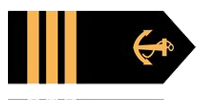 大副
大副 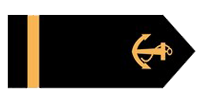 三副
三副 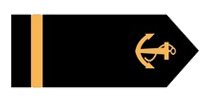 水手
水手  轮机长
轮机长 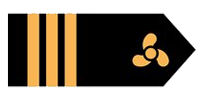 大管
大管 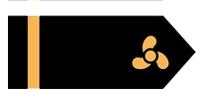 三管
三管 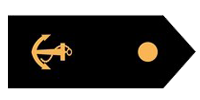 机工
机工 


